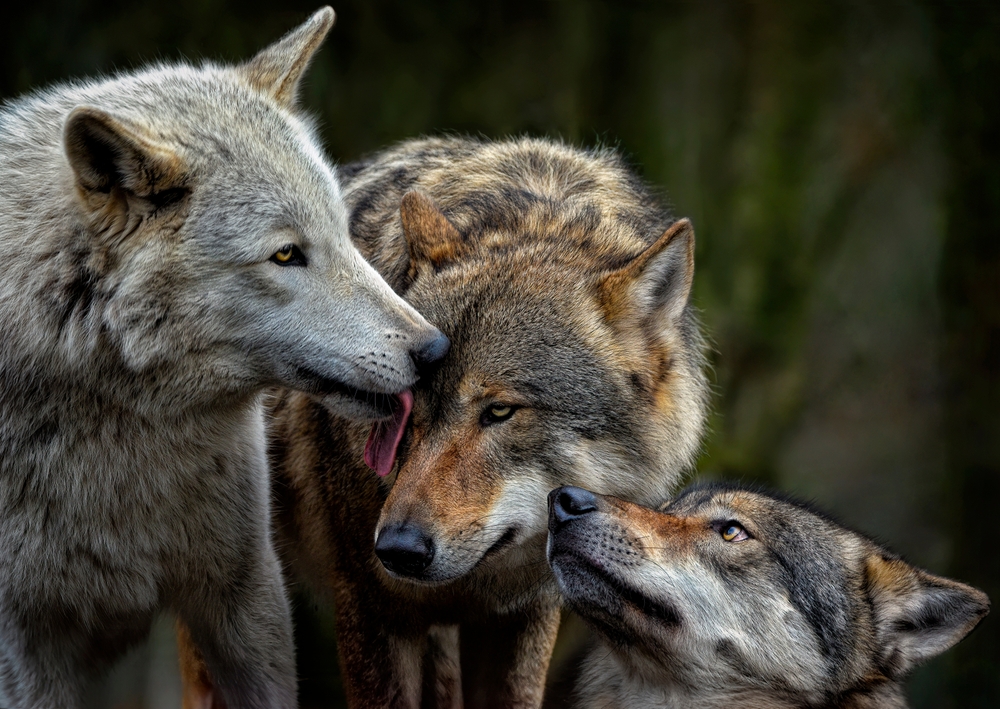The Unexpected Influence of Grey Wolves in Yellowstone National Park
In the vast wilderness of Yellowstone National Park, an unexpected force shapes the landscape: the grey wolf. Their return to the park has sparked a cascade of ecological changes, demonstrating the profound impact a single species can have on an ecosystem.

The Historical Context: Wolves in Yellowstone
Grey wolves once roamed freely across North America, including the expansive Yellowstone National Park. However, predator control programs in the early 20th century led to their near extinction in the lower 48 states. By the 1920s, no wolves remained in Yellowstone, leading to an imbalance in the park’s ecosystem.
The Wolf’s Return: A Turning Point
In 1995, grey wolves were reintroduced to Yellowstone National Park in a controversial wildlife management decision. The reintroduced population has since grown and thrived, causing ripple effects throughout the park’s ecosystem.
Recent Developments: The Ecological Impact
The return of the wolves has led to a phenomenon called a “trophic cascade.” In essence, the wolves’ presence has triggered a series of interactions that have benefitted various species and altered the physical landscape. For instance, the wolves’ predation on elk has resulted in a resurgence of willow and aspen trees, offering more habitats for birds and beavers.
Grey Wolves: A Market for Wildlife Enthusiasts
The resurgence of grey wolves has also had economic implications. It has become a significant draw for tourists, contributing an estimated $35.5 million annually to the local economy.
The Bigger Picture: Wolves as Ecosystem Engineers
The story of the grey wolves in Yellowstone underscores the interconnectedness of all life forms in an ecosystem. It serves as a reminder of the importance of preserving biodiversity—not just for the sake of individual species, but for the health and vitality of our planet as a whole.
In conclusion, the return of the grey wolf to Yellowstone National Park has served as a paradigm of how a single species can dramatically influence an ecosystem. The wolves’ reintroduction has had far-reaching implications, both ecologically and economically, underlining the complexity and resilience of nature.
Please note: The provided image shows tropical fish in an aquarium, which is completely unrelated to the article content about grey wolves in Yellowstone National Park. This creates a misleading disconnect between the visual content and the article subject matter. For a more accurate representation, an image of grey wolves or Yellowstone National Park would be appropriate.




